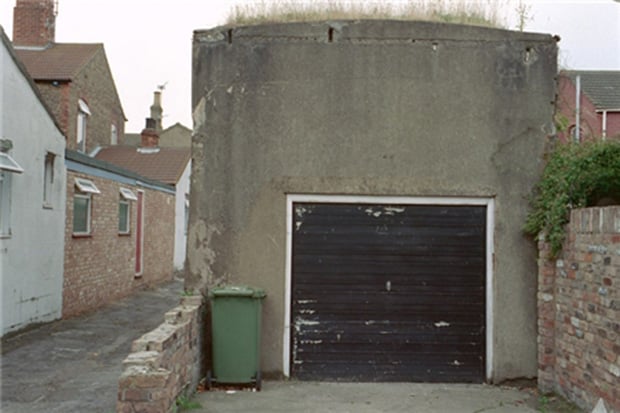Brayford Pool is very much one of the most dynamic parts of modern Lincoln, rising from the ashes of its post-industrial decline to become a vibrant and bustling hotspot.
With the new arrival into our city of scores of new residents over the past weeks, in the form of students, I thought it would be pertinent to introduce them to a few of the city’s key features and help to explain their heritage and history, with this instalment focusing on the beloved Brayford Pool.
Lincoln has always revolved around its pool. Even before the settlement that we know as Lincoln (or Lindum Colonia to give it its ancient name), archaeological evidence points to houses along its banks. It was the Romans, however, that truly recognised the importance of the body of water and utilised it to the fullest extent.
Realising that the location of the pool, just outside the gates of Lincoln, the Romans not only deepened on the pool to create a large inland port with access to the North Sea, but also dug the impressive Foss Dyke to the pool’s west in the third century, linking the River Trent and the settlements in central Britannia to Lincoln and the wider world. This important canal would lead to the impressive rise of Roman Lincoln from colonia to provincial capital by the fourth century.
The departure of the Romans, however, coincided with the decline of the city, as without a strong, unified political system, trade into the pool dramatically decreased, dragging Lincoln down with it. This was to be fairly short-lived though, as by the eighth and ninth centuries Lincoln would again find its pool bustling with trade. The Vikings controlled the area under the Dane’s Law, allowing Lincoln to once again become prosperous as an important trading centre within the greater Norse world.

Photo: Joshua Potter for The Lincolnite
This new lease on life for Lincoln and its lake continued into the Anglo-Saxon and later the Norman period, as the importance of its connections with the Trent and the Sea ensured the city again became a regional power, with the wharves exporting its famous wool and the warehouses on the banks storing various goods from throughout the kingdom and beyond. This importance was cemented in charter by Edward I in 1291, making Lincoln a staple town, ensuring that all regional trade must be conducted in the city.
As was seen after the departure of the Romans nearly a millennia before, however, Lincoln and its pool soon found that no matter how great the climb, the fall afterwards was always felt particularly hard. By 1400, Lincoln had lost its title of staple town to Boston, which offered better links to the sea, and soon the pool and the canal which sprang from it fell into deep decline, becoming horribly silted by the 17th century to the point where the Foss Dyke was unnavigable. This would only be fixed by an act of Parliament in 1671, which dredged the river and the canal, improving links to Boston for the region.
This seemingly insignificant decree by Parliament was to have a great effect on the city, leading to the second revival of the Brayford into a mighty inland port. With the rise of the industrial revolution and the difficulties in road travel (due to a tricky combination of highwaymen and general disrepair), there was a dramatic increase in traffic along the waterways of the Midlands and soon freight poured back into Lincoln as its waterfront once again teemed with stores, pubs and the general hustle and bustle of a city going places. This boom continued through the 20th century, but unfortunately for the pool it would be passed by in favour of new technologies.
The arrival of the trains in the 1840s provided direct competition to the waterways as a means of freight transport. To compound difficulties, the Foss Dyke and Witham were in need of dredging again, but as the cost was extremely high, they were leased to the Great Northern Railway who, determined to end the chances of competition, simply allowed them to silt up once more. The end result was that while Lincoln continued to steadily grow as a city, the once great Brayford slowly sunk into disuse and decay. Until by the 1960s its waters were laden with the wrecked hulls of many barges. Full of derelict warehouses, factories, the old train yards and several rough and ready pubs, the future of the Brayford and its waterfront looked bleak. Fanciful plans for filling it in were even mentioned.
Over the last thirty years, however, the area has seen a dramatic overhaul, thanks in no small part to the university, which took over the train depot and maintenance buildings on its south bank. In this period the old has been torn down (with the exception of the Royal William IV pub) and a wide array of eateries, hotels and leisure businesses have taken their places. Within the pool itself is a large marina of pleasure craft and houseboats.
The Brayford has once again been reopened for trade, though now it deals in ideas, education and entertainment. To some in Lincoln, the new waterfront is something out of place, not fitting with the traditional look of the city. Though to many others, including the new students, it is symbolic of the modern, re-energised Lincoln: a city on the up and going places once again. Once again that growth focuses on its pool: once, and now the beating heart of the city.







